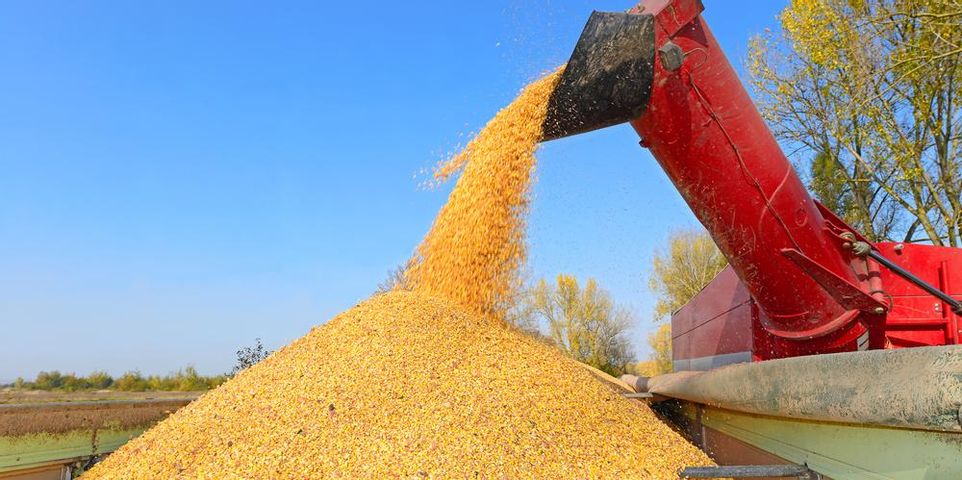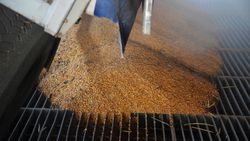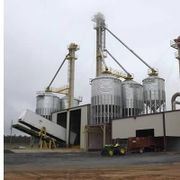Building an Unloading Pit? 3 Aspects to Think About First

Grain farmers, aggregate manufacturers, and a wide variety of other industries rely on unloading pits to rapidly move product from delivery trucks to storage facilities. Having the right pit and conveyance equipment will help increase efficiency and keep the trucks moving, even in high-volume season. If you’re planning to install a new dump pit or overhaul your existing equipment, here are a few things to consider before choosing your setup.
3 Elements to Consider When Designing a Dump Pit
1. The Type of Material
Hopper pits are most the most common choice for grain farmers and others who work with fine products, offering cost-effectiveness and ease of installation. However, if you’re working with aggregate or other materials, you might want to consider a bypass inlet unloading pit with a grate. In these designs, you just park the truck over the grate and open the hoppers.
2. Your Typical Volume
 To avoid slowdowns and bottlenecks, your unloading pit should be designed to handle your maximum volume. However, you don’t want to pay for capacity you’re not using, which is why many producers choose to have their systems custom designed.
To avoid slowdowns and bottlenecks, your unloading pit should be designed to handle your maximum volume. However, you don’t want to pay for capacity you’re not using, which is why many producers choose to have their systems custom designed.
3. Your Existing System
If you’re happy with the quality of your existing equipment, you may want to just add another dump pit to expand your capacity. In this case, you’ll want to ensure that anything you add integrates seamlessly with your current system. To avoid unintended consequences, talk to a professional who will evaluate your needs and recommend the most efficient solutions.
From their location in Cairo, GA, the agricultural construction experts at Merritt Mechanical-Fabrication have helped farmers throughout the region adopt new technologies and scale their operations. With over 50 years of experience, their team has the expertise to handle every aspect of your system, from unloading pits to grain silos. Follow their Facebook for more tips and advice, and call (229) 377-5586 or visit their website to discuss your project and request a quote.
About the Business
Have a question? Ask the experts!
Send your question

